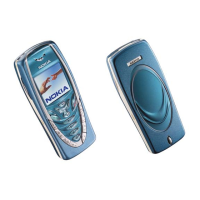Installing the Chassis
30
7210 SAS-D CHASSIS INSTALLATION GUIDE
3HE 10087 AAAA TQZZA Edition 01 Issue: 08
3.1.3 Ethernet Cabling
To ensure proper operation when installing switches into a network, make sure that
the cables are suitable for 100/1000 fiber-optic or 10/100/1000 Base-T copper
operation, as appropriate. Make sure the installation complies with the following
guidelines:
• Cable type: shielded twisted pair (STP) cables (grounded at both ends) for
GR-1089 locations; Category 3 or better for 10 Base-T, Category 5 or better
for 100 Base-TX, and Category 5, 5e or 6 for 1000 Base-T.
• Make sure that the cables are not damaged and that the RJ-45 connectors
are connected securely.
• For inter-building connection use fiber-optic cables.
• Copper ports are suitable for connection to intra-building or unexposed wiring
or cabling, and are intended for indoor applications only. The intra-building
ports of the equipment must not be metallically connected to interfaces that
connect to the OSP or its wiring. These interfaces are designed for use as
intra-building interfaces only (Type 2 or Type 4 ports as described in
GR-1089-CORE) and require isolation from the exposed OSP cabling. The
addition of Primary Protectors is not sufficient protection in order to connect
these interfaces metallically to OSP wiring.
• Avoid installing copper cables close to strong electromagnetic fields
generated by electric generators, elevator engines, or other similar heavy
electric machines.
• Make sure you only use SFPs that are supported by Nokia.
3.1.4 Equipment Checklist
After unpacking the switch, check the contents to make sure all the components are
present. Before installation, make sure you have all the necessary equipment.

